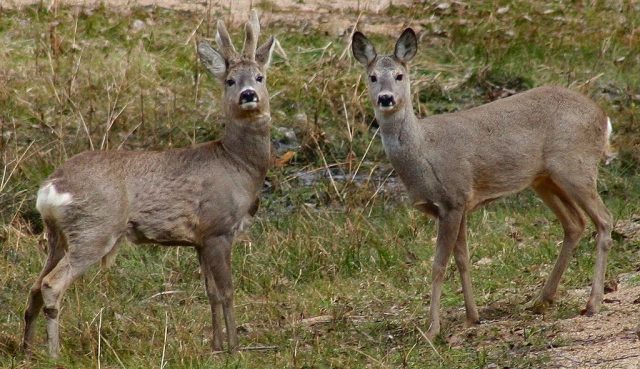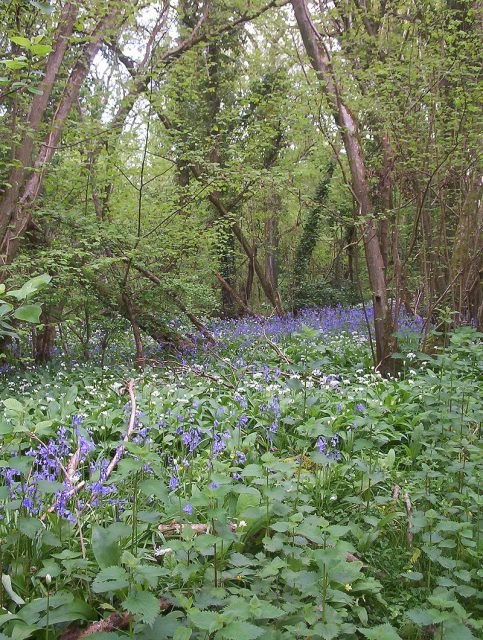Trees Have The Ability To Recognize The Saliva Of Roe Deer
Trees have the ability to distinguish whether one of their buds or sprouts has been eaten by a Roe deer or has been randomly torn off. In the case of Roe deer browsing damage, the tree will trigger corresponding defense procedures. This information is the result of new research by biologists that has recently been published in the professional journal Functional Ecology.

During the spring season, the young, delicate sprouts in the forest seem to light up, bright and green, similar to all plants in this ‘renewal season’. The sprouts and buds are the future of the forests as they are the beginning of the growth phase for young trees.
The problem for the young trees is that Roe deer like to eat them; especially their buds. With a little bit of luck, the young, nibbled saplings will only need a few more years to grow than their non-bitten species member. In what would be the worst case, the young trees will have to give up their battle for survival after a few years or they will become stunted trees. In this respect, Roe deer can cause a large amount of harm by impeding the regeneration of many species of deciduous trees.
By researching young beeches and maples, biologists from the Leipzig University and the German Centre for Integrative Biodiversity Research (iDiv) now know that trees are able to precisely recognize whether a branch or bud has been purposefully gnawed off by a Roe deer or just randomly torn off by a mechanical intrusion or by nature.
In order to protect themselves against Roe deer browsing damage, trees will deliberately put up a fight. The saliva of the deer provides the trees with the defense signal. When a deer leaves its saliva behind, while feeding on a tree, the tree will increase its production of salicylic acid.
This hormone, in turn, sends a signal to the tree to boost the production of specific tannins. Some of these substances are known to impact the feeding behavior of Roe deer, with the result that the deer lose their desire to eat the sprouts and buds.
In addition, the saplings of the forest boost their levels of other plant hormones, in particular, growth hormones. These hormones will improve the growth rate of the buds that remain to compensate for the lost or eaten ones.

Conversely, if a leaf, sprout, or bud snaps off without a Roe deer being involved, the tree will not boost its production of the signaling hormone, salicylic acid nor of the tannic substances. Instead, it primarily produces hormones to repair natural wounds.
The scientists reached their assessments by outwitting the young trees. They replicated a Roe deer feeding on them by cutting off buds or leaves and dripping real Roe deer saliva on the cut surface from a tube pipe. Shortly after, they recorded the concentrations of the hormones and tannins in the saplings, Phys.org reported.
The next phase, following this initial fundamental research, would be to assess other tree species and record their defense mechanisms against Roe deer browsing damage.
If some of these other tree species turn out to have better defense strategies, then these species could possibly be used more than some other species in the forests of the future.





